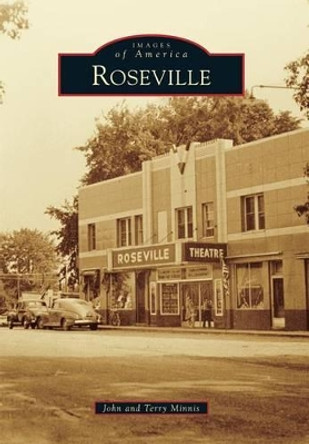Description
The book shows how the basic design of goods sheds evolved early in the history of railways, and how the form of goods sheds reflected the function they performed. Although goods sheds largely functioned in the same way, there was considerable scope for variety of architectural expression in their external design. The book brings out how they varied considerably in size from small timber huts to the massive warehouses seen in major cities. It also looks at how many railway companies developed standard designs for these buildings towards the end of the 19th century and at how traditional materials such as timber, brick and stone gave way to steel and concrete in the 20th
This building type is subject to a high level of threat with development pressure in urban and suburban areas for both car parking and housing having already accounted for the demise of many of these buildings. Despite this, some 600 have been identified as still extant and the book will, for the first time, provide a comprehensive gazetteer of the surviving examples.
About the Author
Author, Downham Market. Simon Hickman is a Principal Inspector of Historic Buildings and Areas with Historic England.
Reviews
John Minnis' excellent new book. ... Clearly written and generously illustrated. ... More than a mere catalogue, the book is also attentive to questions of structure, materials and stylistic expression, and to the influences on the type from beyond the railways' boundaries. ... How these huge buildings functioned, from their clerical routines to the complex physical transfer of goods on, off and between wagons, is fascinating to read.
Dr Simon Bradley, The Victorian
The book is profusely illustrated in colour and black and white and manages to make a compelling argument for the development of a 'goods-shed aesthetic' in addition to outlining the historical development of these buildings, their layout and function. ... This book should be seen as an essential starting point in any creative discussion of 'new uses' for this aspect of railway infrastructure.
Matt Thompson, Journal of Transport History (US)
'A building type that technology has rendered obsolete, they are today used for many different purposes, while a great many have been lost altogether. In part this is due to a failure to appreciate their significance. John Minnis draws attention not only to the range, but also the quality of these seemingly workaday buildings.'
Context, the Journal of the Institute of Historic Building Conservation
Book Information
ISBN 9781848023284
Author John Minnis
Format Paperback
Page Count 140
Imprint Historic England
Publisher Historic England





